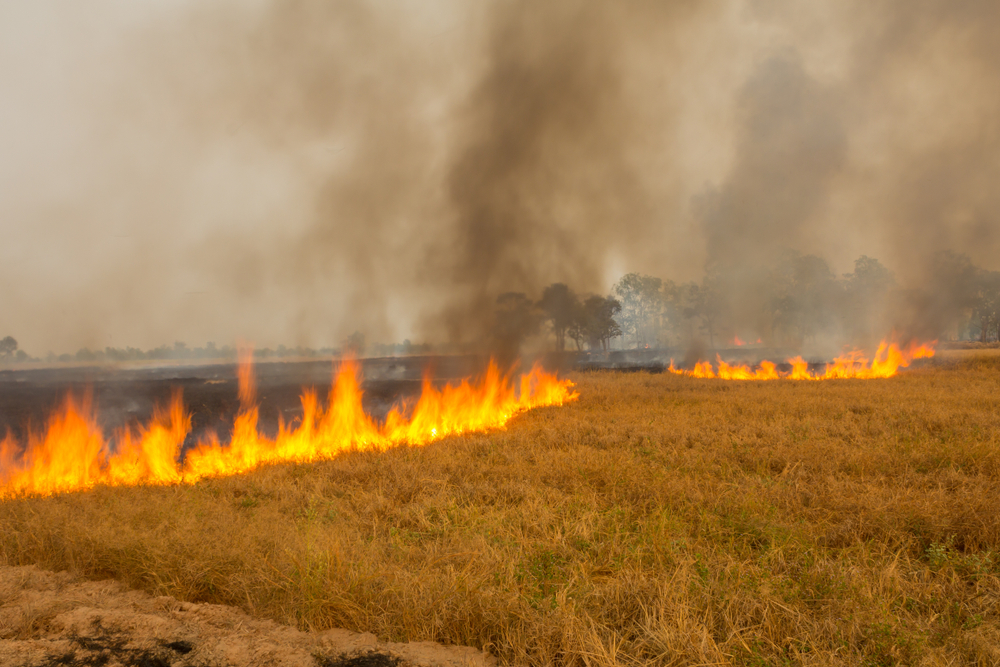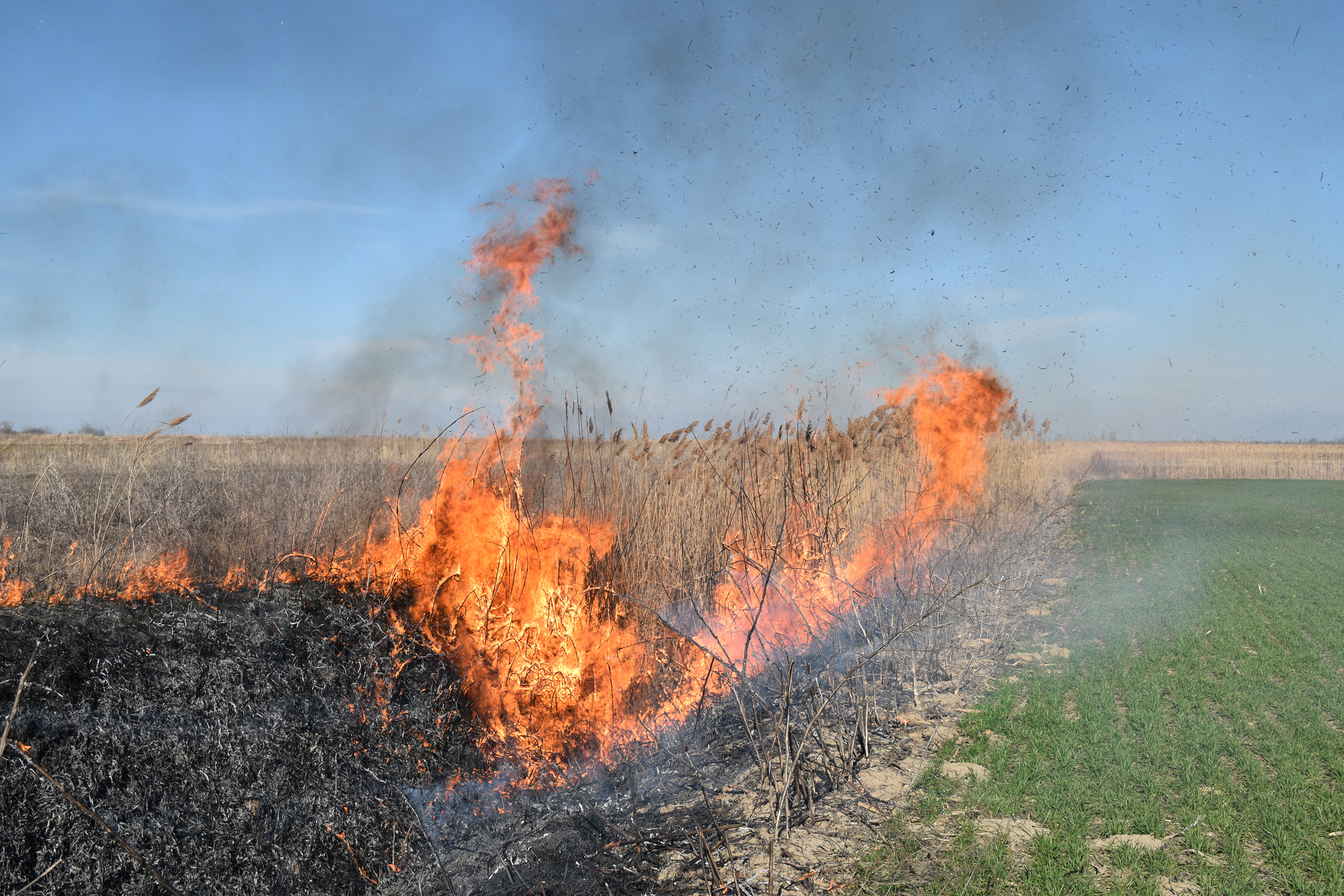Acute respiratory illnesses triggered or exacerbated by crop residue burning across India’s northern states lead to annual economic losses of $30 billion (Rs 210,000 crore), a figure more than three times the Centre’s health budget.
Scientists have estimated in a study released on Monday that eliminating crop residue burning would likely avert tens of millions of episodes of acute respiratory illnesses that would cause economic losses worth $152 billion over five years.
The scientists with the International Food Policy Research Institute (IFPRI) in India and the US said their study is the first to assess the health and economic costs of crop residue burning. Their analysis shows that living in areas with intense crop residue burning raises the risk of respiratory illnesses three times.
Their findings, published in the International Journal of Epidemiology, also indicate that along with crop residue burning, exhaust from motor vehicles and firecrackers are the leading risk factors for respiratory illnesses across northern states.
The study has estimated the economic losses from exposure to air pollution linked to firecracker burning at around $7 billion or Rs 50,000 crore a year. The Centre’s budget for health and family welfare for the year 2019-20 is Rs 61,398 crore.
The estimated economic losses include the sum of the costs of diagnostic tests, medicines, doctors’ fees, and the loss of economic productivity resulting from people unable to work during the time they are ill. “We’re calculating the economic loss associated with loss in human potential — this includes everything, from healthcare costs to losses in productivity,” said Avinash Kishore, a researcher at IFPRI, New Delhi.
Kishore and his collaborators analysed district-level health data from 250,000 people living in urban and rural areas and used satellite data on crop residue burning to estimate the health impacts of those living in areas close to intense crop residue burning.
Their study found that as crop burning increased in Haryana, the respiratory health worsened. People living in districts with more than 100 fires a day had the highest — three-fold — increased risk of experiencing acute respiratory illnesses or their exacerbations timed with burning.
The analysis also showed that children aged below five years are at high risk.
Farmers across India’s northern states typically burn leftover rice stubble to make way for wheat as burning is faster than the traditional method of clearing it by hand.
Environmental policy-makers have long recognised the contributions of crop residue burning to air pollution and multiple government agencies have initiated efforts to encourage farmers to adopt alternative residue disposal practices.
“The negative health effects of crop burning lowers the productivity of residents and may lead to long-term adverse impacts on the economy and health,” Suman Chakrabarti, a study team member at the University of Washington in the US.











